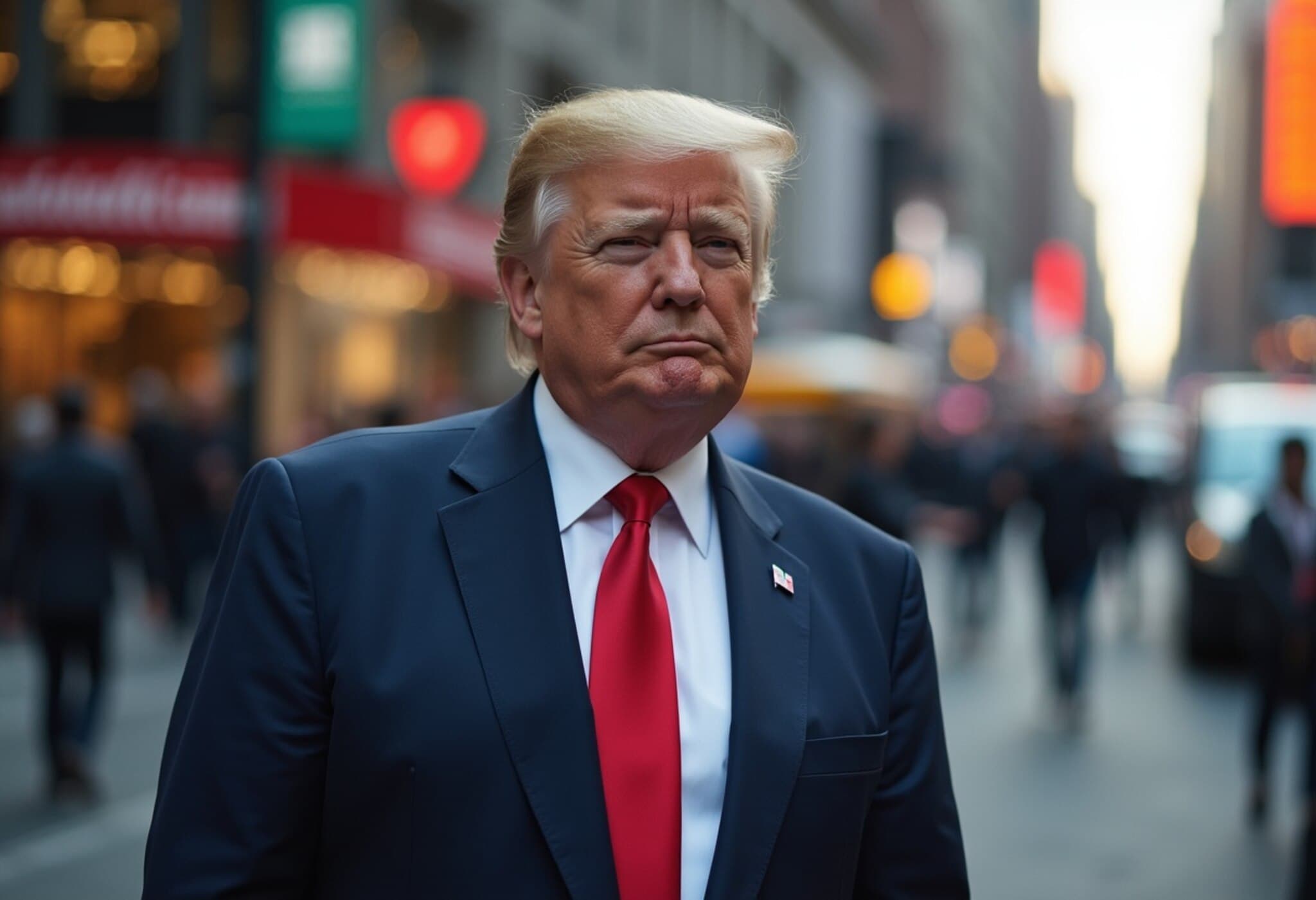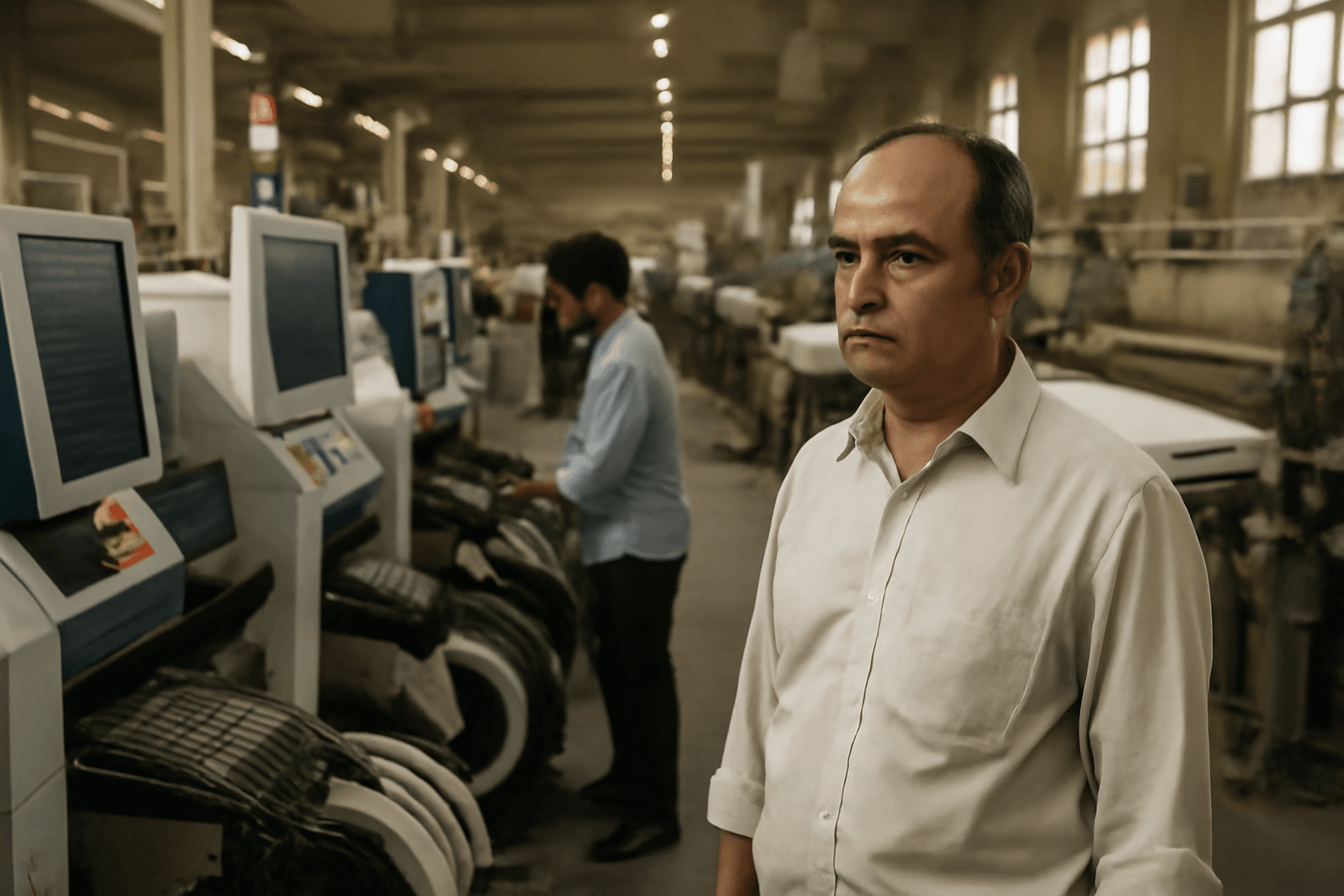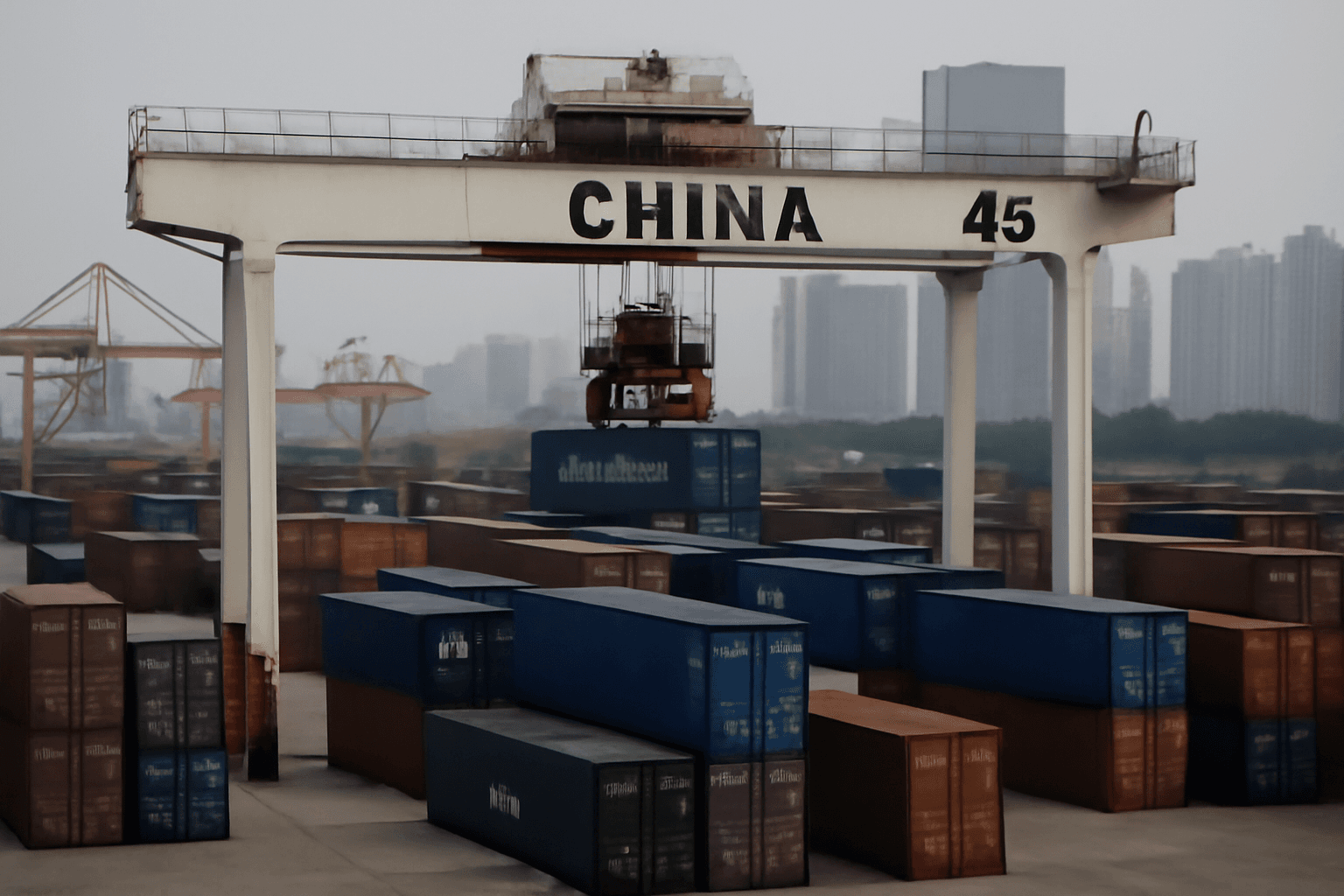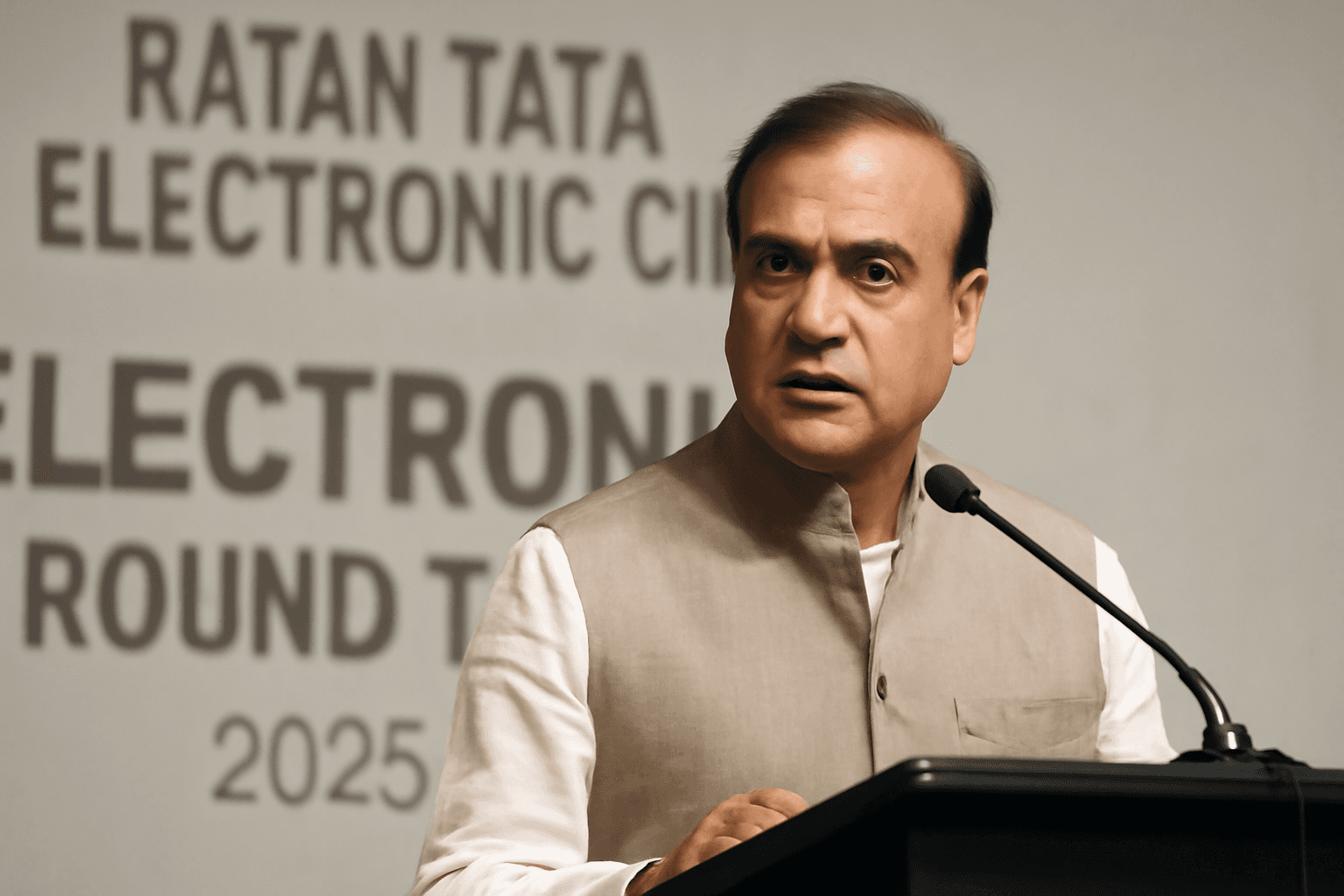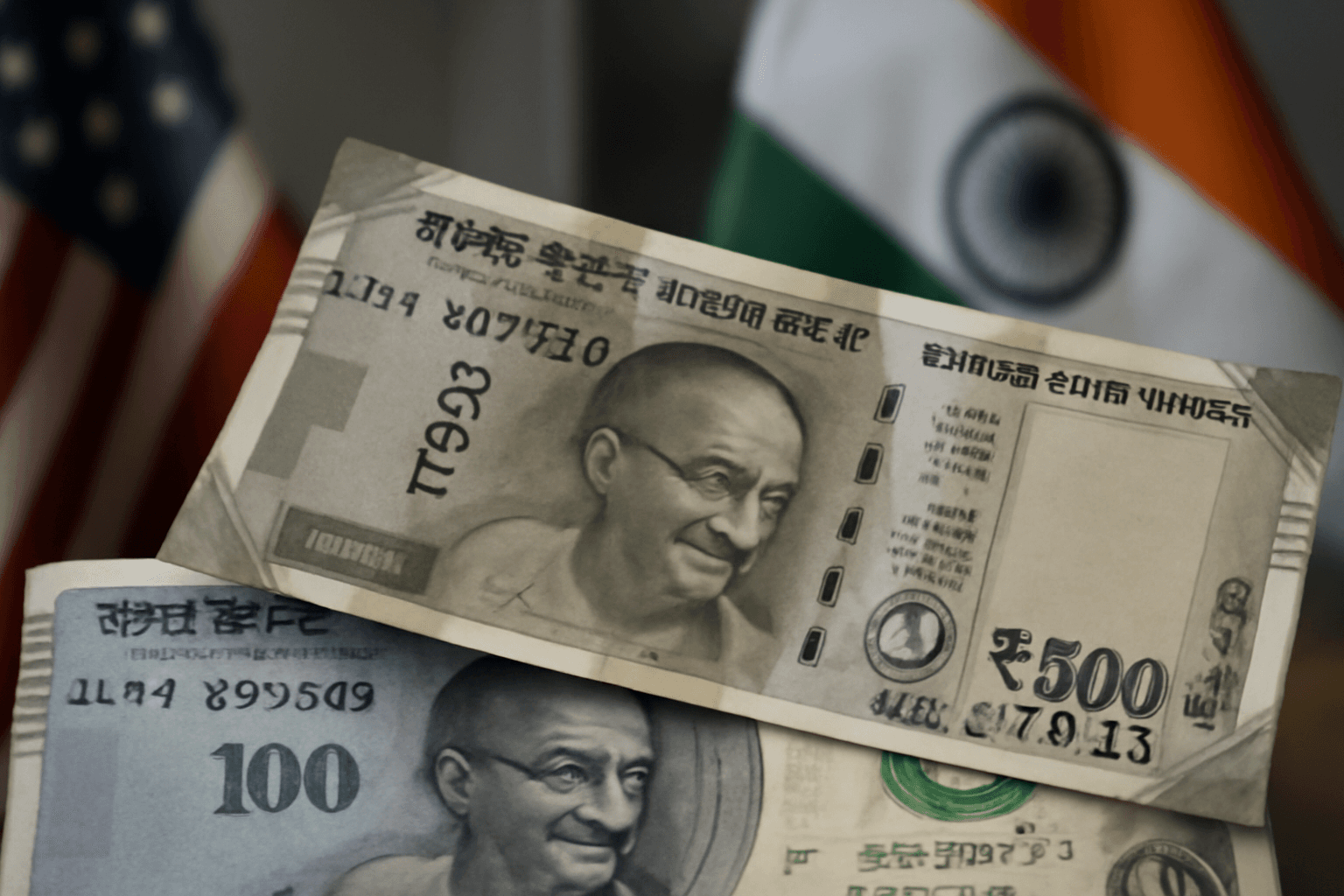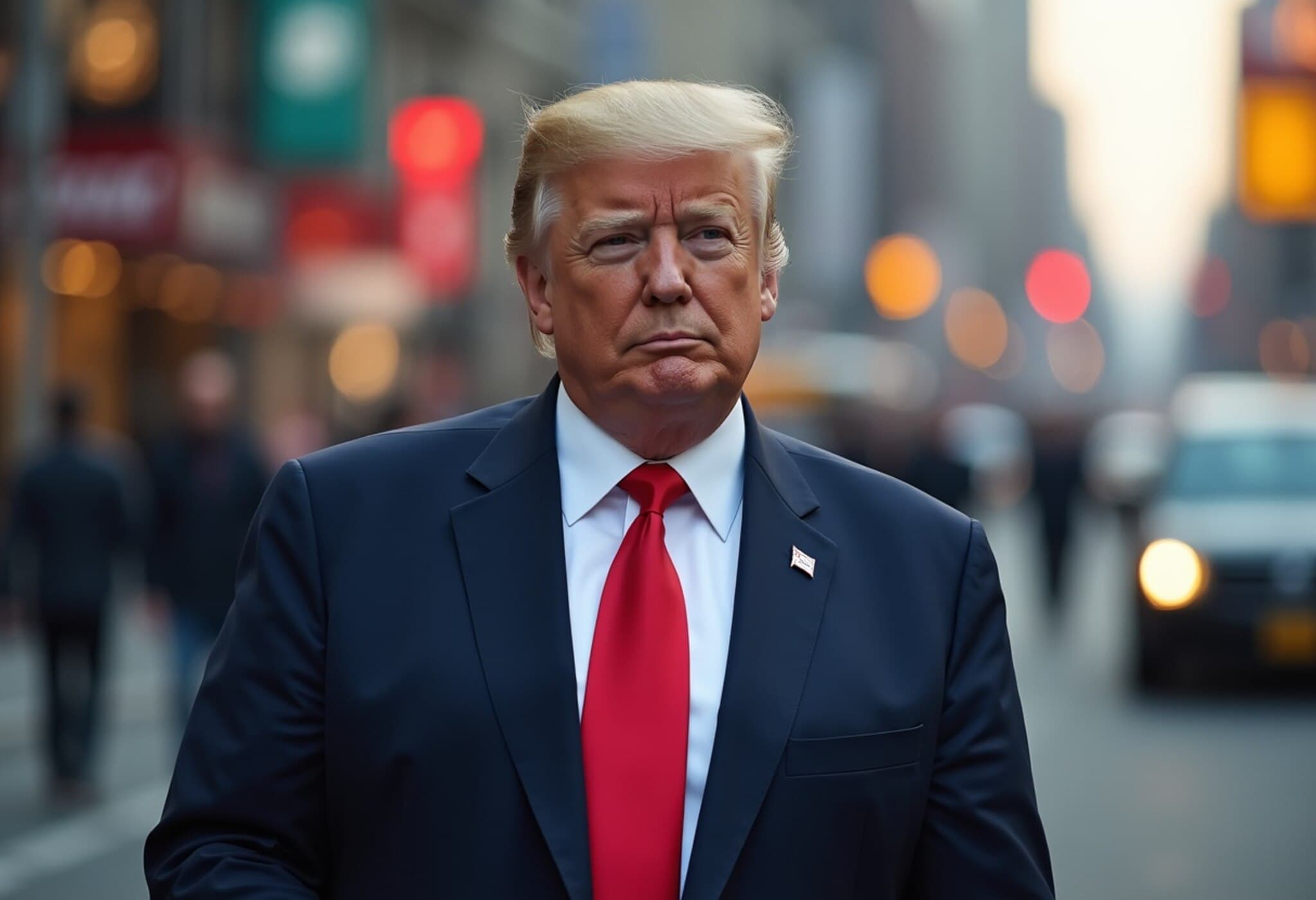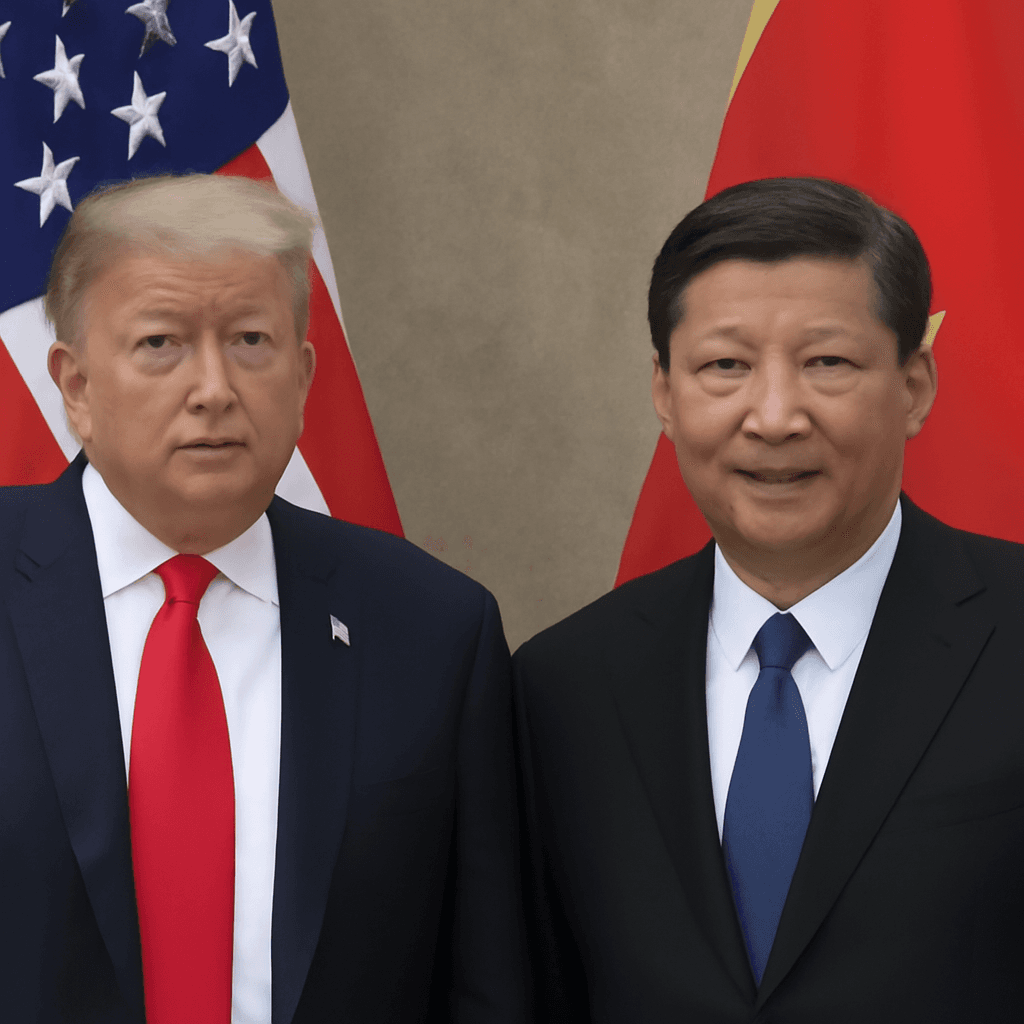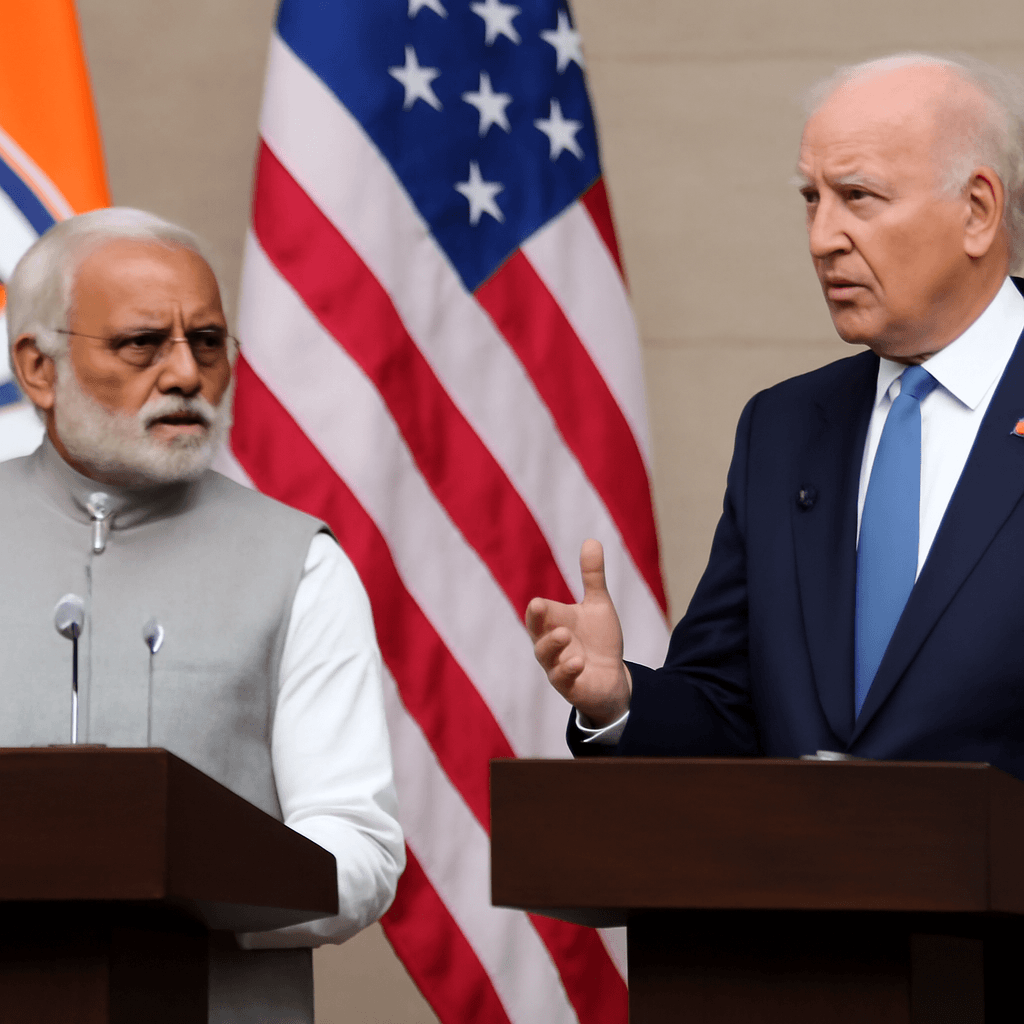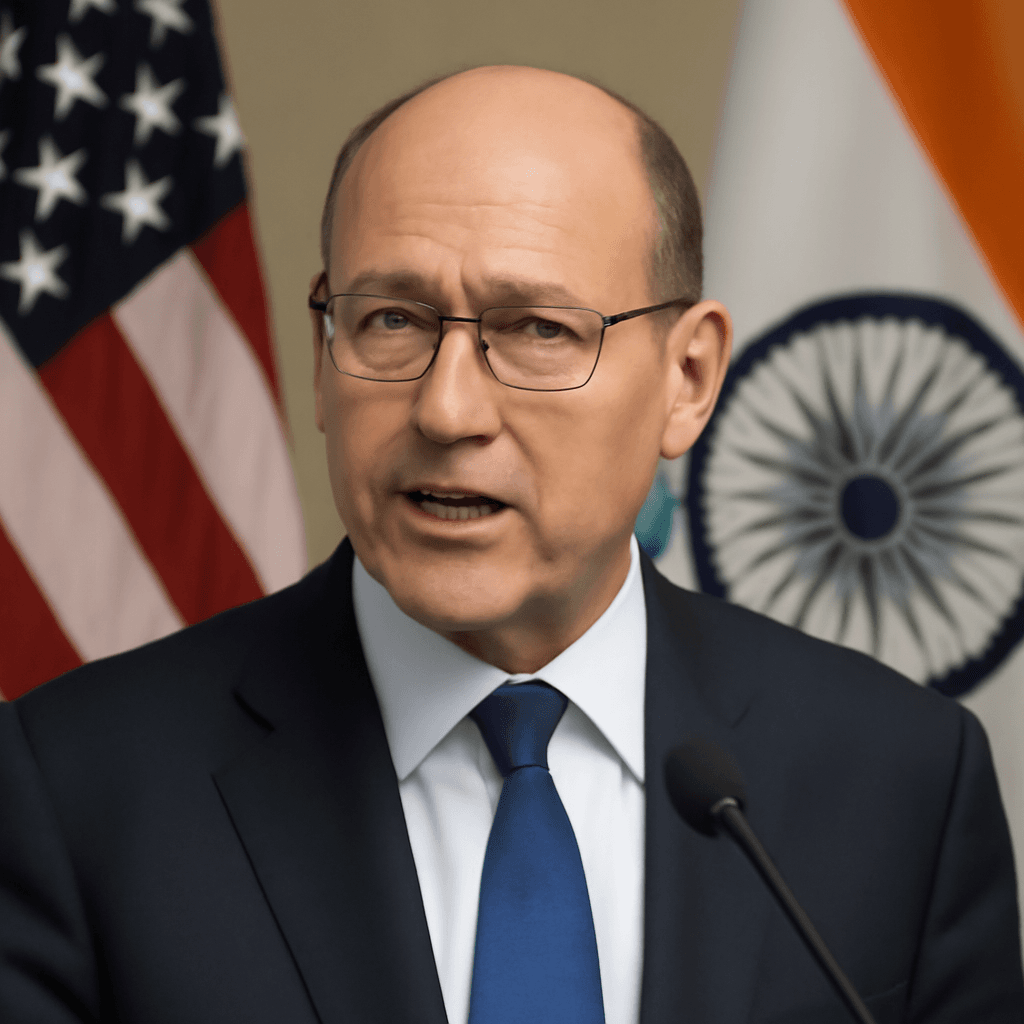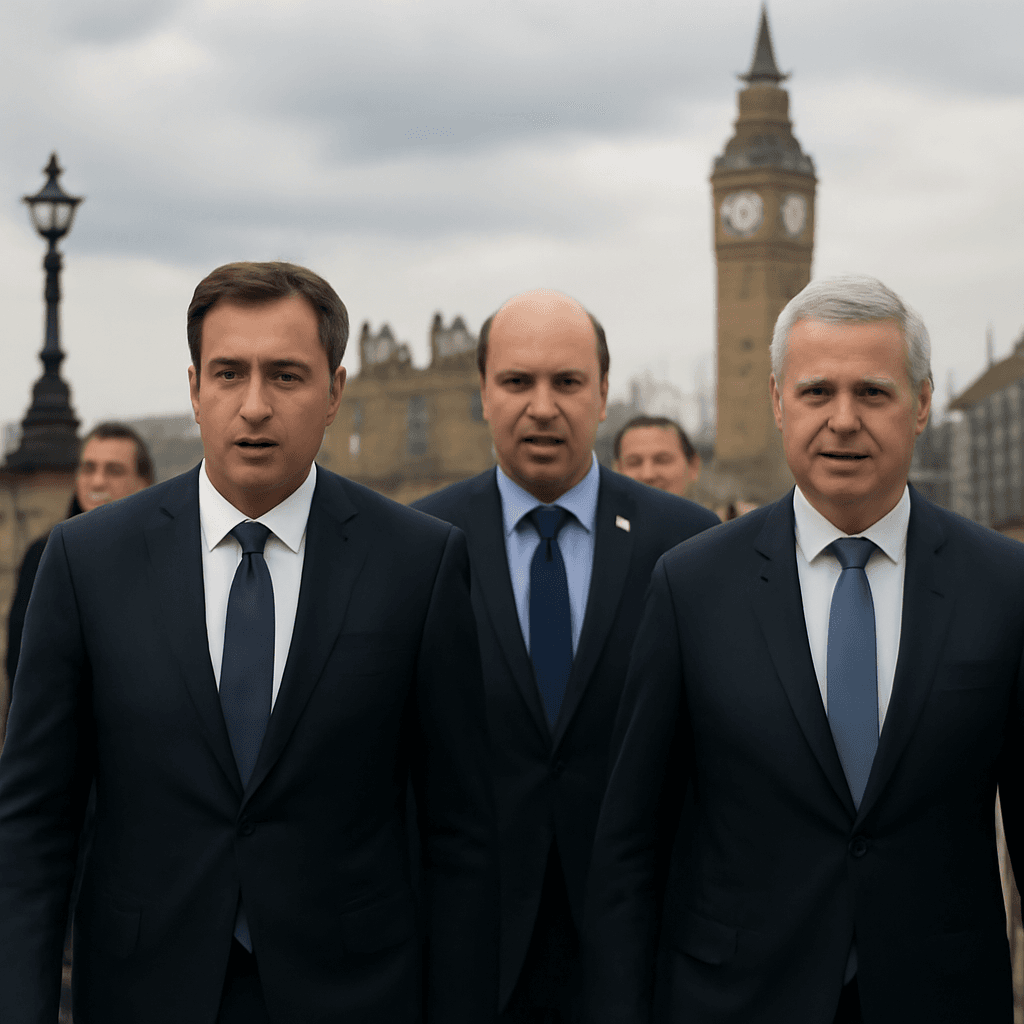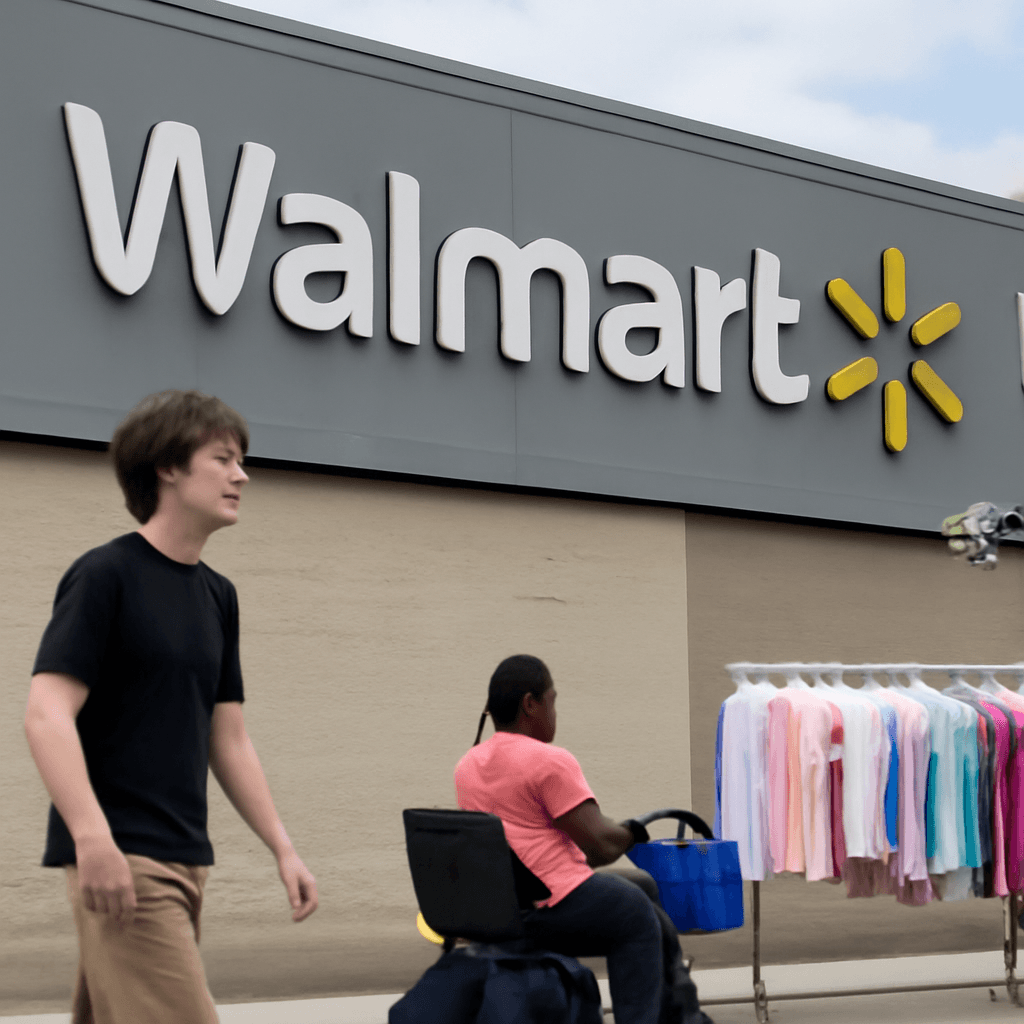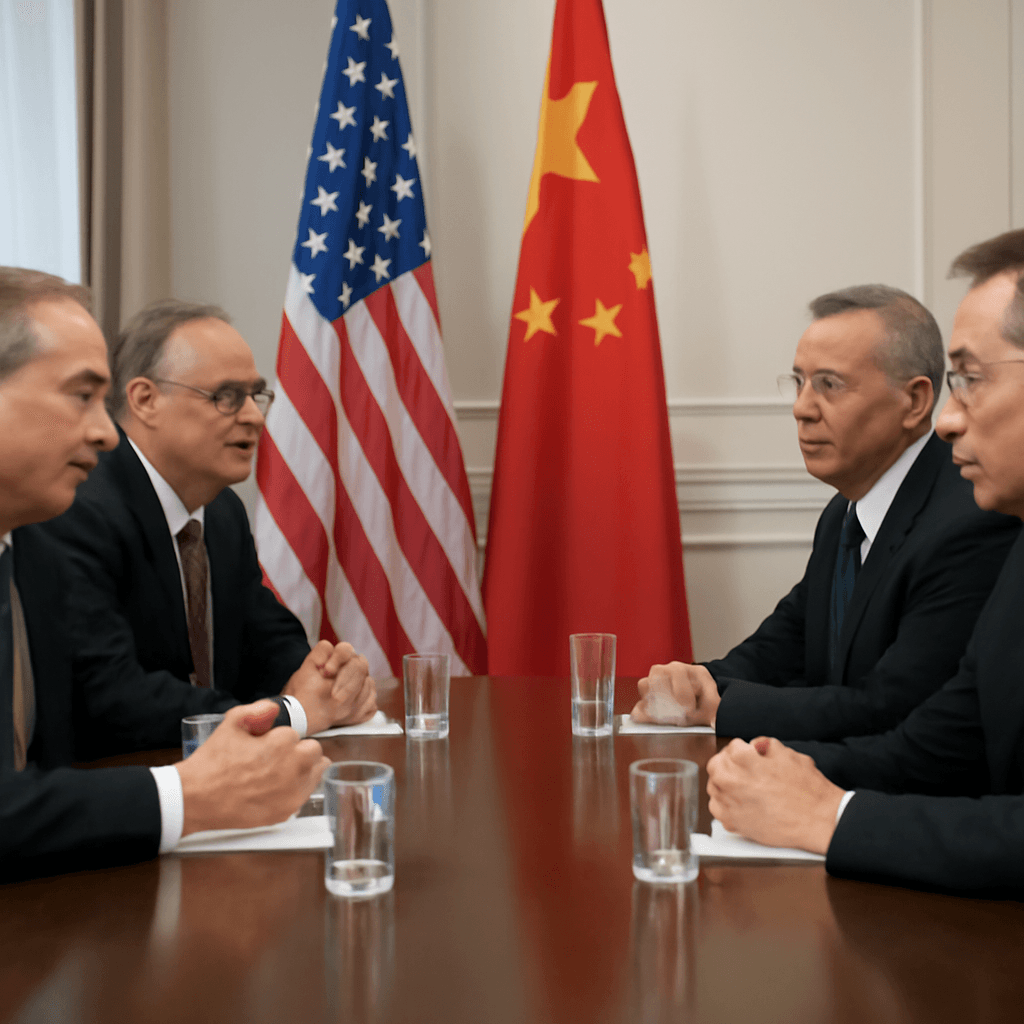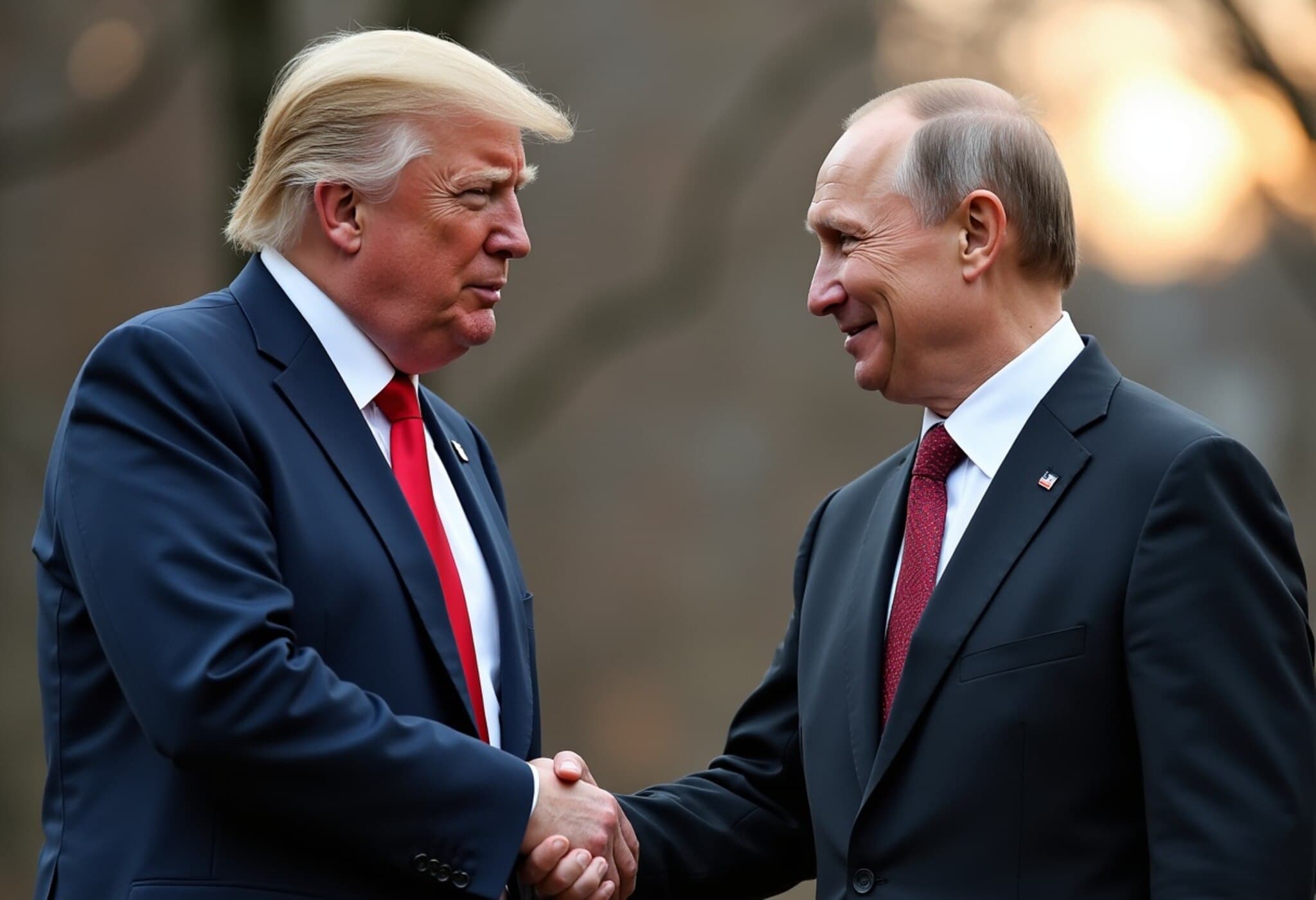Economists Brace for Inflation Surge Despite Cooler CPI Figures
In August 2025, fresh data revealed a slowdown in the Consumer Price Index (CPI), initially suggesting easing inflationary pressures in the U.S. However, leading economists and financial institutions caution that this respite is temporary, with tariffs expected to reignite upward price trends in the coming months.
The Trump-Solomon Clash: Inflation, Tariffs, and Wall Street Insights
Recently, former President Donald Trump publicly criticized David Solomon, CEO of Goldman Sachs, for forecasting tariff-driven inflation. Trump controversially suggested Solomon focus more on his DJ pursuits than economic forecasts.
Yet, Goldman Sachs stands firm. Economist David Mericle articulated that if tariffs implemented in April behave like earlier levies imposed in February, by fall, two-thirds of these tariff costs will directly hit consumer prices. This sentiment is echoed across Wall Street, with economists like Brian Rose highlighting a pause in the downward trajectory of core inflation as tariffs make retail prices climb again. Michael Feroli of JPMorgan Chase estimates tariffs might contribute between 1% and 1.5% to inflation already observed.
Tariff Inflation: A Complex Equation
While there’s consensus on rising inflation risks due to tariffs, past forecasting miscues remind us of inherent uncertainties. For instance, many predicted a recession last year that never materialized, underscoring how economic dynamics can defy expectations.
Should this forecast be accurate, the consumer’s wallet may soon feel additional strain. Conversely, in a lighter outcome, David Solomon might still spin records as 'DJ D-Sol' even if his Fed chair prospects wane — proving multifaceted personalities extend beyond market predictions.
Federal Reserve Chair Candidates: A Pivotal Decision Ahead
Adding to market intrigue, Trump is vetting 11 candidates for the Federal Reserve chairmanship. This diverse list includes Federal Reserve officials, seasoned Bush-era economic advisors, and key market strategists such as David Zervos and Rick Rieder. The Fed’s leadership will profoundly influence U.S. monetary policy amid inflation concerns and geopolitical uncertainties.
Market Milestones and Corporate Movements
- U.S. stock indices reached new highs in August, with the Dow Jones Industrial Average and S&P 500 pushing further record territory, reflecting investor optimism despite inflation chatter.
- Shares of certain software companies surged dramatically — with Morgan Stanley predicting potential 50% gains in key tech stocks after temporary setbacks.
- In the AI sector, xAI co-founder Igor Babuschkin announced his departure to prioritize AI safety research and startup investments — a critical move given ongoing concerns about responsible AI development.
Tech Giants Seek Tariff Relief Through Government Deals
Major technology firms, including Apple, Nvidia, and Advanced Micro Devices, have recently inked agreements with the White House. According to Paolo Pescatore, technology analyst at PP Foresight, these deals primarily aim to secure lighter tariff treatments. Burdensome tariffs threaten these companies’ profitability, as underscored by recent quarterly earnings suffering under added costs.
Economic and Policy Implications
Tariffs, while a tool for trade leverage, often have unintended consequences for domestic consumers and industries. The ongoing dialogue between policymakers, economists, and business leaders underscores a broader question: Can the U.S. balance protective trade measures without stoking prolonged inflation? This tension lies at the heart of economic strategy in 2025 and beyond.
Editor's Note
This evolving story captures the intersection of trade policy, inflation, and market dynamics—a crucial nexus impacting millions of Americans. As tariffs feed into retail prices, the average consumer faces a nuanced financial landscape where nominal CPI figures might mask tangible cost pressures. Observers should watch how Federal Reserve leadership choices and corporate-government negotiations unfold, potentially shaping inflation trajectories and economic resilience. Stay tuned for deeper analyses as events develop.

